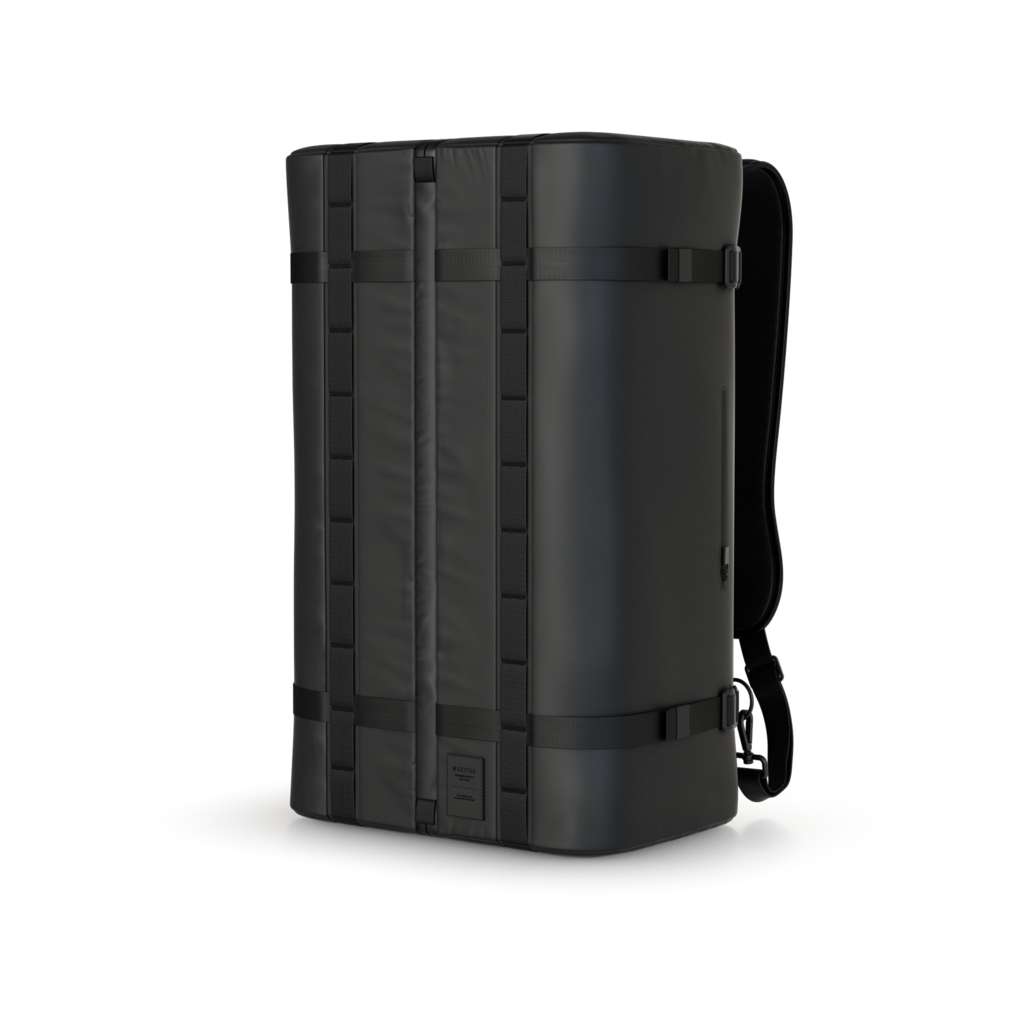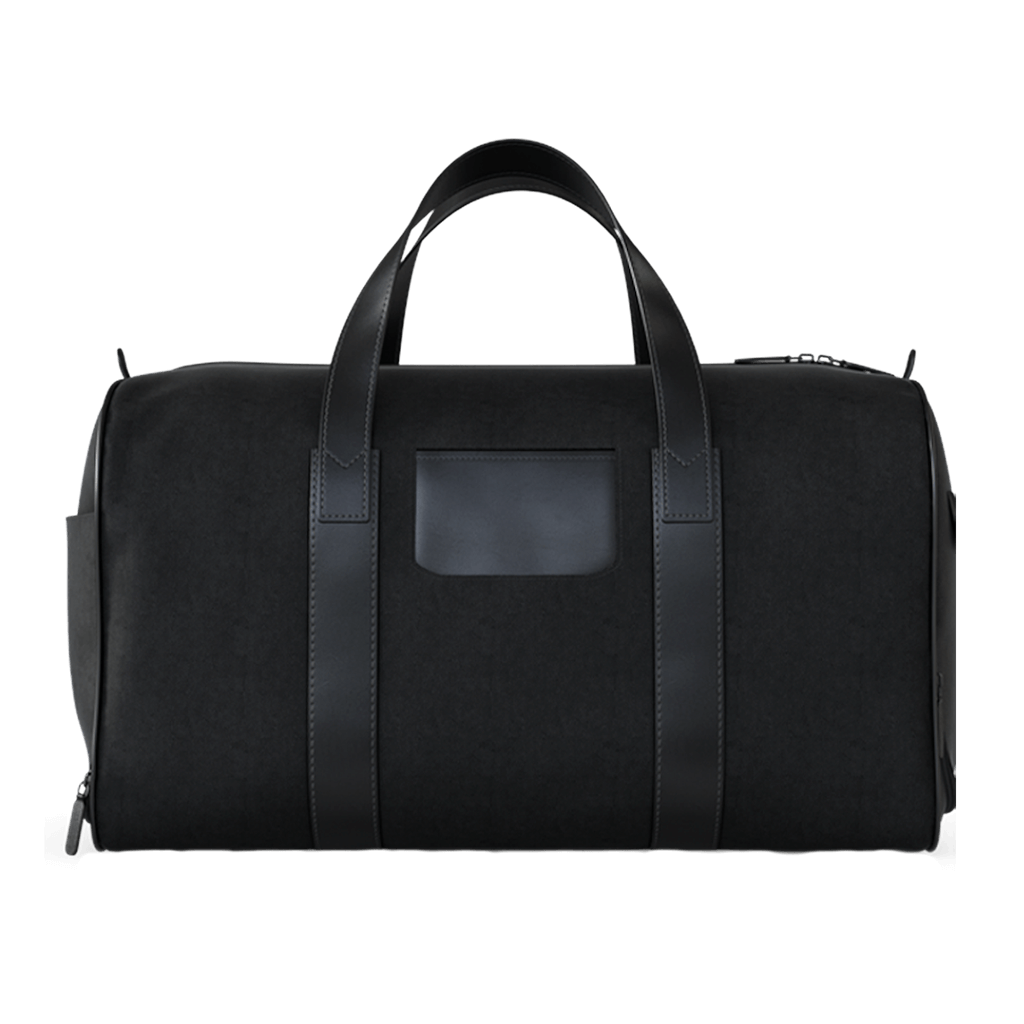What's the Best Material for a Wallet?

No matter how careful you are, it’s inevitable that at some point your wallet will be misplaced or stolen. If you want to keep your credit card information safe and secure, it’s important to pick the right kind of wallet material so that your cards can’t be easily scanned or replicated by an identity thief.
A leather wallet can be stylish, but it’s not as durable as metal wallets. Metal cardholders are convenient to carry around, but they don’t protect your credit cards from theft as well as leather wallets do.

Fabric
Fabric wallets are a classic model for many different reasons. Fabric wallets can be made from a variety of different materials, tend to be less expensive than other wallets, and are easier to clean. This makes fabric wallets very versatile but oftentimes without the durability or performance of other materials. Let’s take a look.
Pros
1. Fabric wallets are low-maintenance and can easily be cleaned by hand washing with mild soap.
2. They're also typically very cheap in comparison to leather or metal wallets
3. Thanks to dyeing and pattern prints, fabric wallets can come in a lot more colors and styles than other materials.
Cons
1. Fabric wallets aren’t as durable as leather or metal, so if you have multiple cards to keep track of and carry your wallet every day, look into other materials.
2. Fabric doesn’t age well, meaning a decade from now that great-looking fabric wallet could become misshapen and awkward-looking.
Our Pick: Vegan Leather Ekster Wallet ($76)
Metal
Metal wallets are gaining popularity because thanks to the durability and performance of different metals. Most metal wallets and cardholders are made from either aluminum or carbon fiber, though you can also find titanium.
While metal wallets offer the most durability, they are often card-focused with little place for cash and have a modern style that might not fit with everyone’s personality. Find out if metal is right for you.
Pros
1. Metal wallets are stylish and sleek; they're not bulky like fabric wallets and they won't attract fuzz or fray as leather ones do.
2. Some metal wallets have RFID protection to prevent card cloning. Metal wallets can last for years and years without showing signs of wear or tear.
Cons
1. Some metal tends to be heavier than other wallet materials, which means you'll feel it more if you carry it in your front pocket all day long.
2. While metal does get scratched easily, its high shine can hide these marks well—especially if you get a brushed metallic finish on your wallet rather than a shiny one.
Our Pick: Carbon Fiber Cardholder ($90)
Leather
Wallets have been made from all sorts of materials over time, including metal, fabric, and leather. Today, most wallets are manufactured from leather—and there are good reasons for that.
Leather has been used in wallet manufacturing because it's easy to work with and adds a distinct aesthetic to your wallet. However, choosing a leather wallet comes with its own set of pros and cons. Take a look at how it stacks up against other materials.
Pros
1. Leather has a distinct, timeless aesthetic that pairs well with almost any style and looks better as it ages.
2. Wallets made from leather are strong enough to hold their shape but subtle enough that they form to the inside of your pocket.
3. Leather is extremely durable and sturdy and can last a lifetime if cared for properly.
Cons
1. Leather is more expensive than other materials but is often worth the price.
2. While it holds its shape better than fabric, leather wallets will eventually stretch over time.
3. Unlike fabric and metal that are very easy to clean, leather takes a little bit more care and can be difficult to remove stains from.
Our Pick: Ekster Wallet ($89)
So, Which Wallet Material Is the Best?
When choosing the best material for a wallet, the decision ultimately depends on your needs, preferences, and lifestyle.
Leather wallets offer a timeless, classic aesthetic and excellent durability, making them a top choice for many. However, they require a bit more care to maintain their appearance.
Fabric wallets are affordable and low-maintenance but lack the durability of leather or metal.
On the other hand, metal wallets, particularly those made from aluminum or carbon fiber, provide a sleek, modern look with added RFID protection but may feel heavier and less versatile in terms of cash storage.
Consider what’s most important to you—whether it's style, durability, security, or ease of maintenance—and choose a wallet material that best suits your daily needs.
Personally, we would only pick leather or metal. Fabric just isn't durable enough for adventurous people like us. ;)
FAQs
What are the advantages of using a leather wallet?
Leather wallets are known for their timeless aesthetic, durability, and ability to age gracefully. They hold their shape well, can last a lifetime with proper care, and are stylish enough to complement almost any outfit.
Are metal wallets better than fabric wallets for durability?
Yes, metal wallets, particularly those made from materials like aluminum or carbon fiber, are more durable than fabric wallets. They are resistant to fraying, tearing, and show fewer signs of wear over time, making them a better choice for long-lasting use.
Can metal wallets protect my credit card information?
Many metal wallets come with built-in RFID protection, preventing unauthorized scanning of your credit cards and personal information. This makes metal wallets an excellent choice for security-conscious individuals.
How do I care for a leather wallet?
Leather wallets require more care than fabric or metal wallets. To keep them in good condition, clean them with a soft cloth and use leather conditioner regularly. Avoid getting them wet and try to protect them from stains, as leather can be difficult to clean.



























